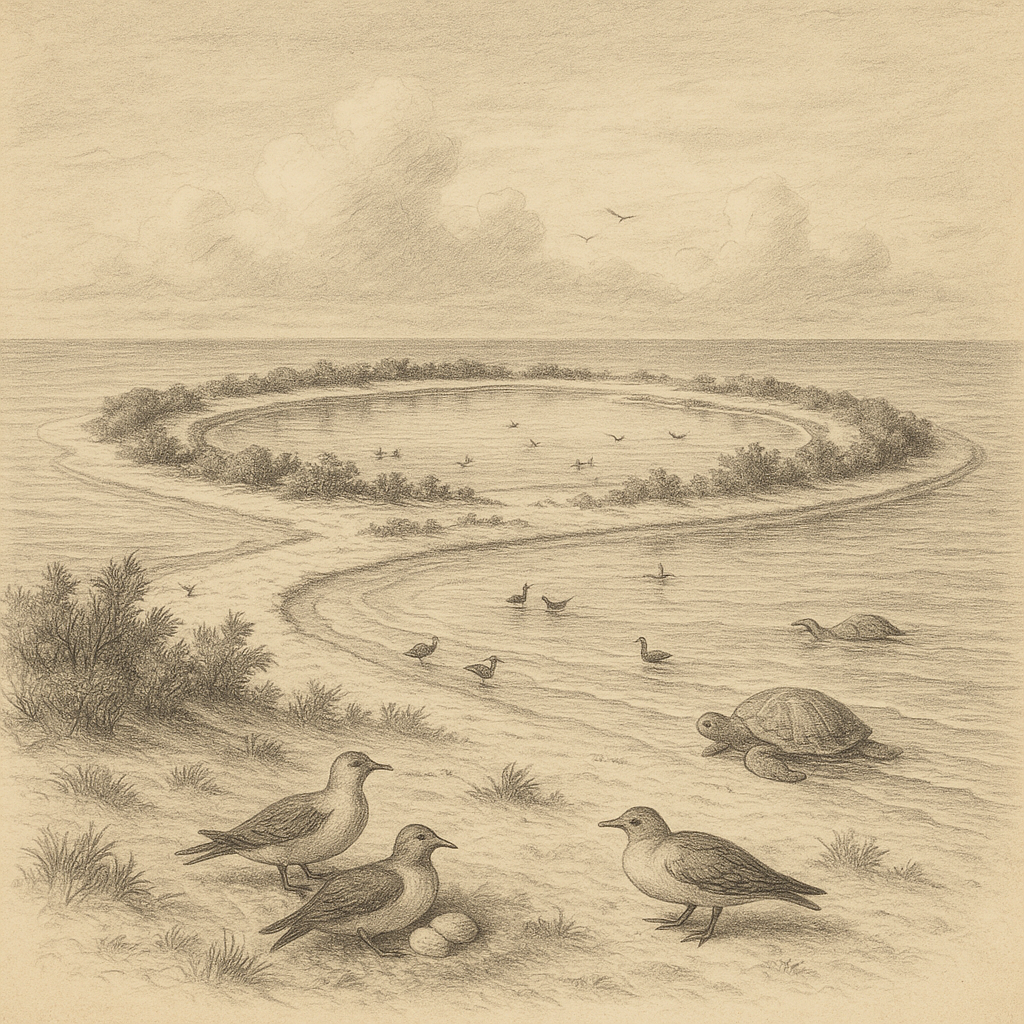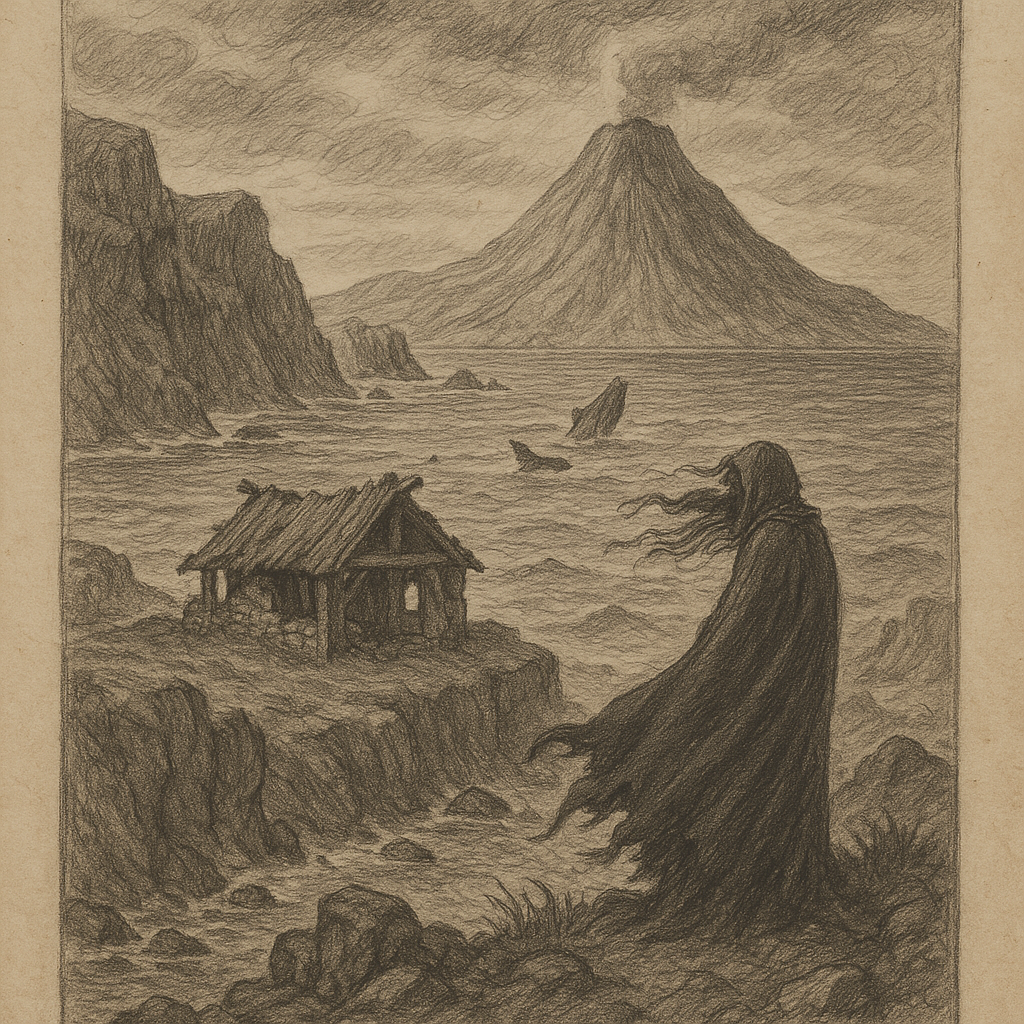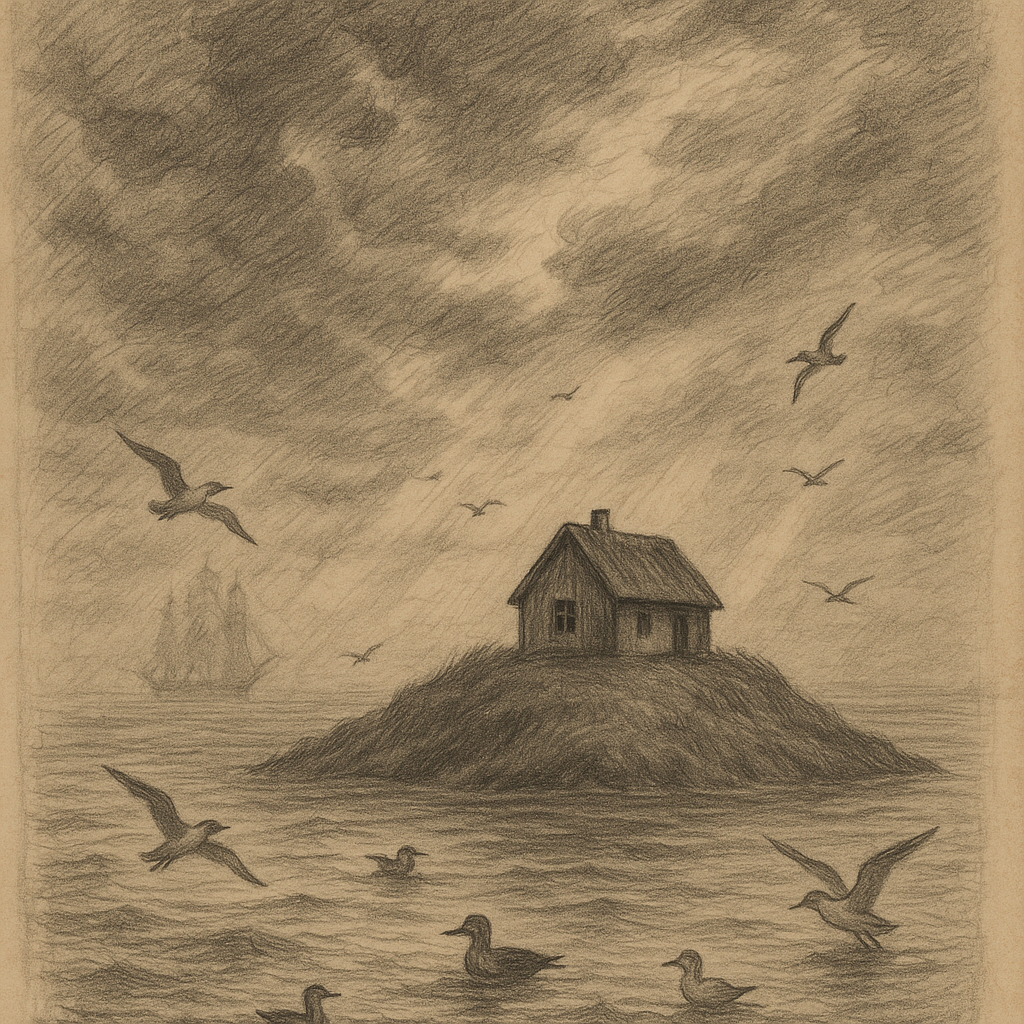Motu One (Bellinghausen Island): A Remote Paradise in French Polynesia
Located in the far reaches of the South Pacific Ocean, Motu One, also known as Bellinghausen Island, is one of the most remote and unspoiled atolls in French Polynesia. Part of the Tuamotu Archipelago, this small coral island is a unique example of untouched marine biodiversity and cultural intrigue, surrounded by legends and cloaked in isolation.
Geographical Location and Physical Features
Motu One lies in the northernmost part of the Tuamotu Archipelago in French Polynesia, some 550 kilometers northeast of Bora Bora and about 1,350 kilometers from Tahiti. Specifically, it is situated in the vicinity of 15°51′S latitude and 154°31′W longitude, making it one of the most isolated islands within French Polynesia’s vast maritime boundaries.
Bellinghausen Island is a low-lying atoll with a completely enclosed lagoon. It measures only a few kilometers across and lacks any central motu or large landmass in the center. Rather, it forms a delicate ring of narrow sandy islets surrounding a shallow lagoon with bright turquoise waters. As a classic coral atoll, it was formed by volcanic subsidence—where a volcanic island gradually sank beneath the sea while coral reefs grew upward to form a ring.
Ecological Significance and Biodiversity
Due to its remoteness and lack of permanent human habitation, Motu One remains a remarkably pristine ecosystem. The islets are covered with sparse vegetation such as beach grasses and salt-tolerant shrubs, while the lagoon and surrounding ocean waters teem with marine life.
The atoll serves as an important nesting site for seabirds including noddies, frigatebirds, and various species of terns. Its intact coral reefs support a wide variety of reef fish, crustaceans, and mollusks. Sea turtles such as the green turtle (Chelonia mydas) are often seen nesting on its beaches.
Because it lacks freshwater sources, Motu One has no land mammals or permanent human settlements, which has preserved its ecological integrity. It has been designated as a conservation area under French Polynesia’s environmental protection laws and is considered a sanctuary for both avian and marine biodiversity.
Climate and Environmental Conditions
Motu One experiences a tropical maritime climate, characterized by warm temperatures year-round and high levels of sunshine. The average annual temperature ranges between 26°C and 28°C, with slight variations between seasons. Rainfall is moderate to high, primarily concentrated during the austral summer from November to April.
Tropical cyclones occasionally pose a threat, especially during El Niño years. However, due to its flat topology and lack of infrastructure or inhabitants, such events have a limited impact on any human-centric activities, although they can influence vegetation patterns and bird nesting behaviors.
Human History and Exploration
Despite its remote position, Motu One was known to early Polynesian navigators, whose extensive sea-faring traditions allowed them to discover even the most isolated atolls across the Pacific. In modern history, the island was first noted by Europeans in the 19th century and was named “Bellinghausen Island” after the Russian explorer Fabian Gottlieb von Bellingshausen, who was among the early European explorers in the region.
Unlike other islands in French Polynesia, Motu One was never permanently settled due to its lack of freshwater, soil quality, and minimal land area. It has occasionally been visited by scientific expeditions, biologists, and, more rarely, amateur radio operators pursuing DXpeditions due to its rare designation in the amateur radio world.
Access and Preservation Efforts
Owing to its protected status and vulnerable ecosystem, access to Motu One is strictly regulated. The island has no airstrip or harbor, and the only way to reach it is by private boat or specialized research expeditions approved by French Polynesian authorities.
Conservation measures have been in place to ensure minimal human impact. The fragile coral reefs and nesting sites are off limits to unregulated tourism, and researchers are expected to follow strict protocols to prevent the introduction of invasive species.
Interesting Facts About Motu One
Motu One is noteworthy for several unusual and fascinating characteristics:
– It is one of the few atolls in French Polynesia with a fully enclosed lagoon, which affects its tidal dynamics, salinity, and marine species diversity.
– Unlike many Pacific atolls surrounded by deep ocean drop-offs, the waters around Motu One are relatively shallow for several kilometers outward, creating an unusually wide reef flat that can be walked during extremely low tides.
– The island’s complete lack of freshwater has prevented any historical plantations or copra harvesting, which means its native flora and fauna remain largely untouched.
– Amateur radio enthusiasts consider Motu One a rare and prized call sign location owing to its classification as a separate entity under several DXCC designations.
Legends and Cultural Myths
Though no established Polynesian community ever settled Motu One, the island occupies a quiet place in local oral tradition. In nearby Raiatea and other Society Islands, there are stories of a “floating paradise” to the north—the spiritual home of sea birds and the land of silence where winds whisper forgotten songs of the ancestors. Motu One, with its remote, almost mystical presence, fits this archetype.
Some legends speak of a great navigator who found Motu One while following a ghost bird during a storm-lashed journey. According to this tale, he landed on the atoll and, enchanted by its stillness and beauty, chose to leave gifts to the spirits of the sea. These oral narratives, while impossible to verify historically, imbue the place with a spiritual significance that echoes the reverence many indigenous Polynesians have for undisturbed nature.
Conclusion
Motu One, or Bellinghausen Island, stands as a symbol of raw natural beauty and serenity in the vast Pacific Ocean. Its remoteness, delicate ecosystems, and cultural mystique make it a compelling destination—not for casual travelers, but for scientists, conservationists, and those who value the untouched corners of our planet. In a world increasingly marked by ecological disruption, Motu One serves as a quiet reminder of Nature’s ability to endure beyond the reach of civilization.



